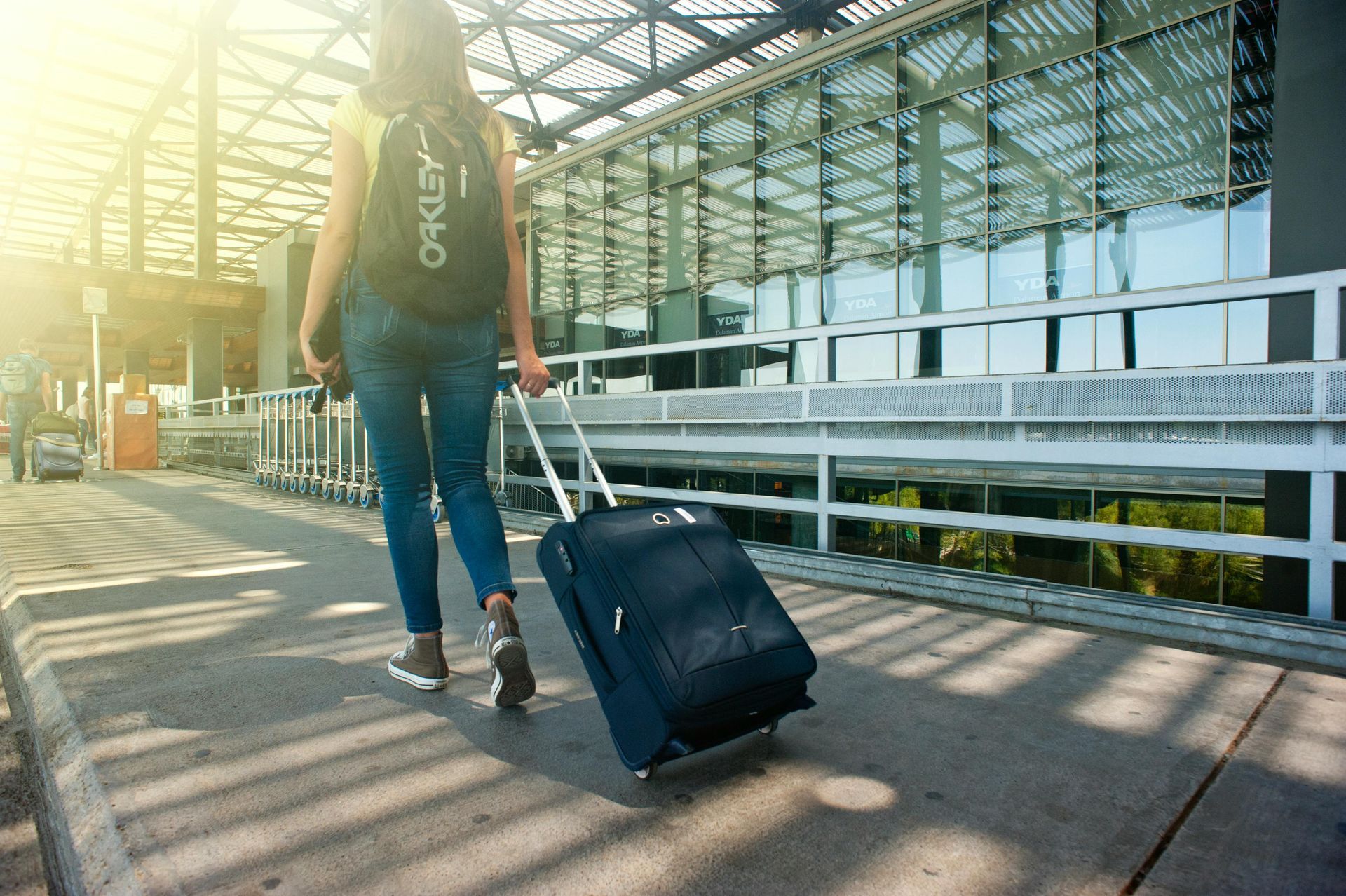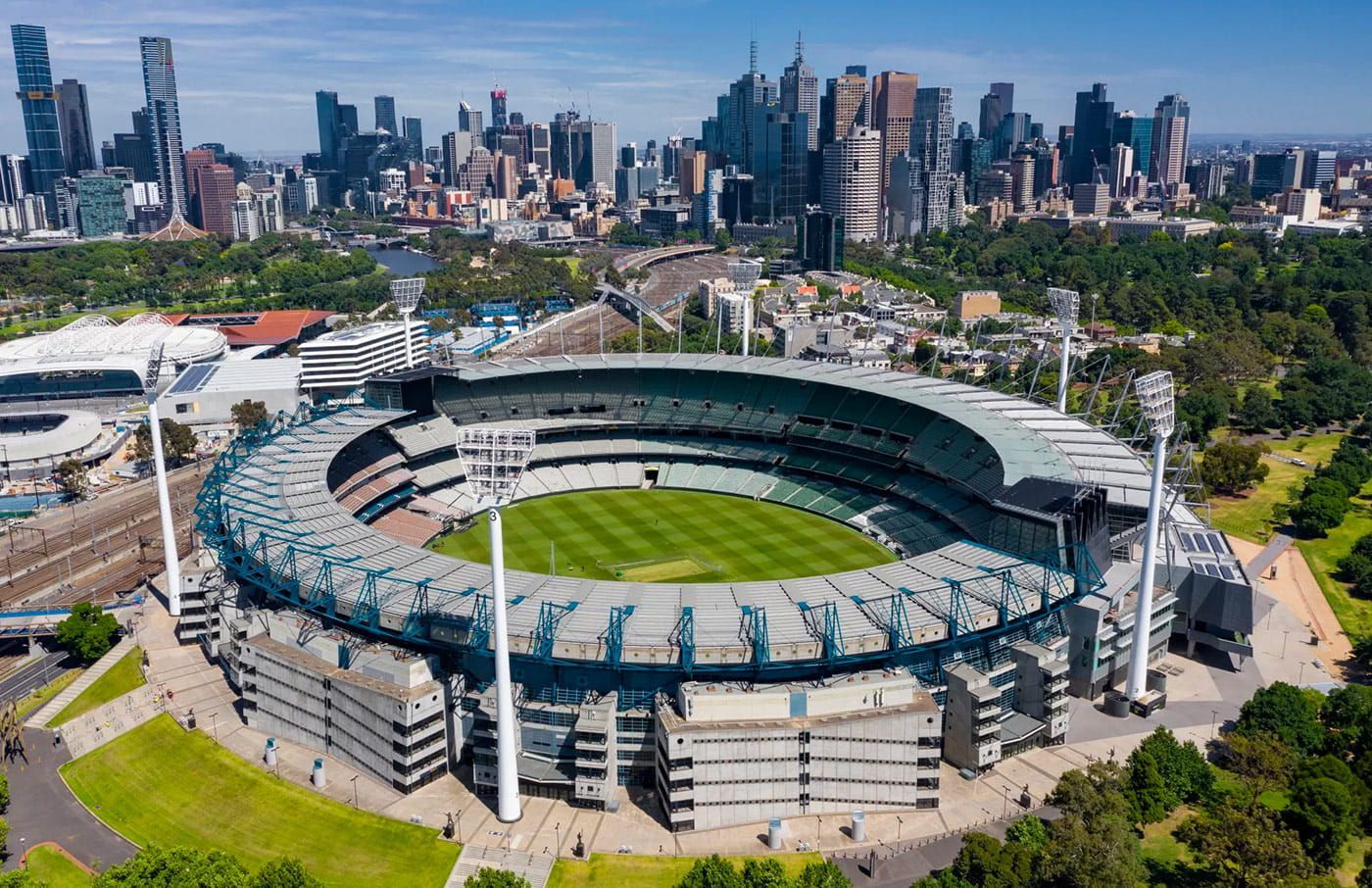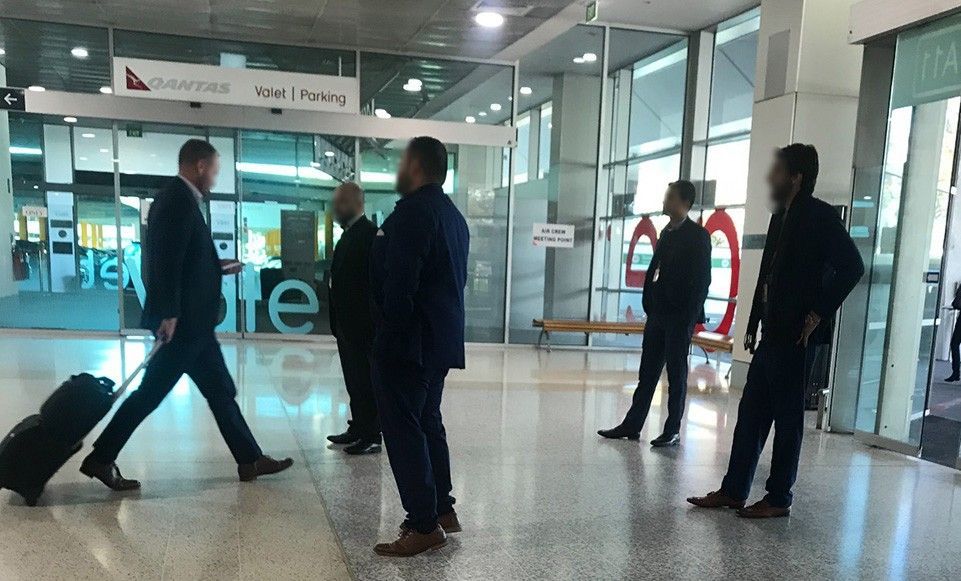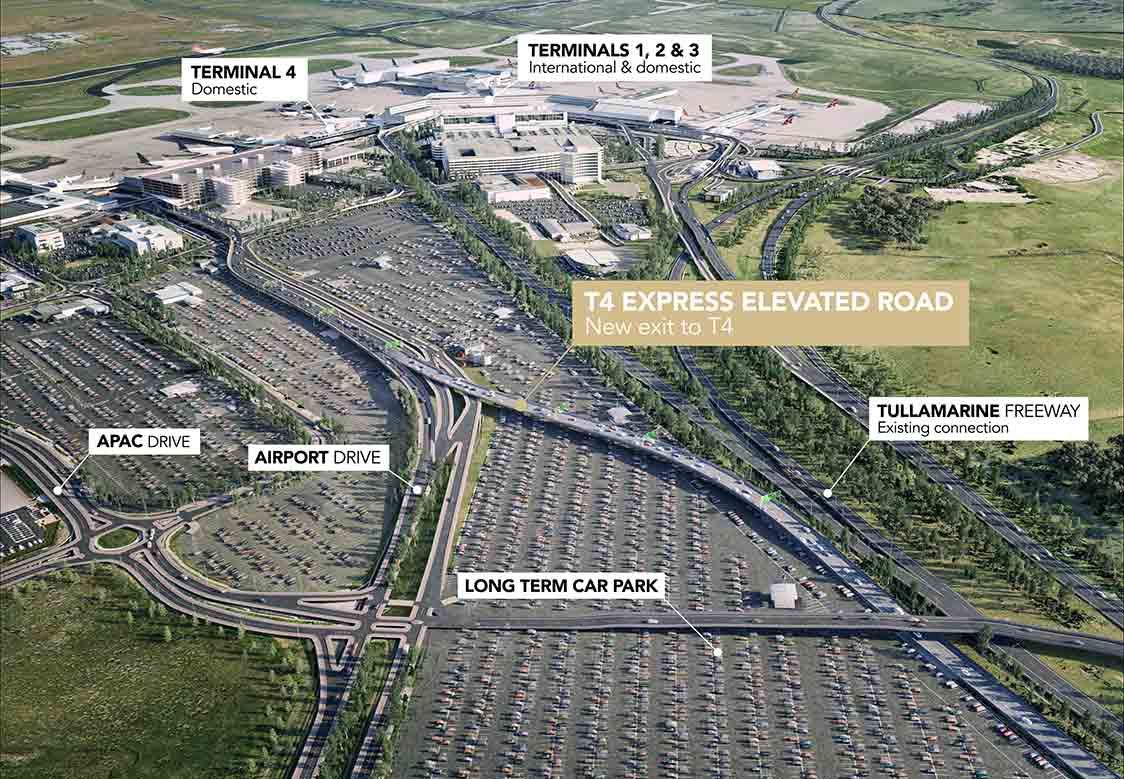A Step-by-Step Guide: What to Do After a Minor Car Accident

Chris Chauffeur @ Ausz Global from Melbourne
- 15+ years on the road with 10+ years of experience as a private taxi driver
- Provides Chauffeur service for Business & Leisure (airport transfer, wedding transfer, winery tour... )
and also various major events - AO (Australian Open), Formula 1, Melbourne Cup, Comedy Festival etc.
A Step-by-Step Guide: What to Do After a Minor Car Accident
Car accidents, even minor ones, can be stressful and overwhelming. Knowing what steps to take immediately following an incident can help protect your rights and ensure a smoother claims process. In this guide, we will outline the necessary steps to follow after a minor car accident.
Content
- Check for injuries and call emergency services if necessary
- Move your vehicle to a safe area away from traffic, if possible
- Exchange personal, vehicle, and insurance information
- Take pictures and document the scene
- Report the accident to your insurance company
- Obtain a copy of the police report
- Seek medical attention for any injuries
- In the case of severe accidents or injuries, seek legal advice
1. Check for injuries and call emergency services if necessary
The first priority after a car accident is to ensure everyone's safety. Check yourself and any passengers for injuries. If anyone requires medical attention, call for an ambulance immediately.
2. Move your vehicle to a safe area away from traffic, if possible
If the accident is minor and the vehicles are still drivable, it's important to move them to a safe location, away from the flow of traffic. This helps prevent additional accidents and allows for a clearer assessment of the situation.
3. Exchange personal, vehicle, and insurance information
Exchange contact information with the other driver(s) involved in the accident. This includes names, phone numbers, addresses, and insurance information. Be sure to note the license plate number, make, and model of the other vehicle(s) as well.
4. Take pictures and document the scene
Use your phone or camera to document the accident scene. Take photos of the damage to both vehicles from multiple angles. Additionally, capture images of the surrounding area, road conditions, and any contributing factors such as traffic signs or signals.
5. Report the accident to your insurance company
Notify your insurance company about the accident as soon as possible. Provide them with accurate and detailed information about the incident. They will guide you through the claims process and advise you on the next steps.
6. Obtain a copy of the police report
If law enforcement responded to the accident, request a copy of the police report. This document contains crucial details and can be helpful during the claims process.
7. Seek medical attention for any injuries
Even if you believe your injuries are minor, it's important to seek medical attention. Some injuries may not be immediately apparent, and a medical professional can provide a thorough evaluation and document your condition.
8. In the case of severe accidents or injuries, seek legal advice
If the accident resulted in significant injuries or if you believe you were not at fault, consider consulting with a personal injury lawyer. They can provide guidance on your legal rights, negotiate with insurance companies, and help you seek appropriate compensation.
When reporting the incident to your insurance company, be prepared to provide detailed information such as:
- The location of the accident.
- A detailed account of how the incident occurred.
- The third-party driver's name, driver's license number, address, and contact number.
- The third-party insurance company's name, if applicable.
- The third-party vehicle's make, model, color, registration number, and damaged parts.
Before you go...
By following these steps, you can ensure a smoother claims process and protect your rights after a minor car accident. Remember, it's essential to always prioritize safety and cooperate with the authorities and insurance companies throughout the process.















